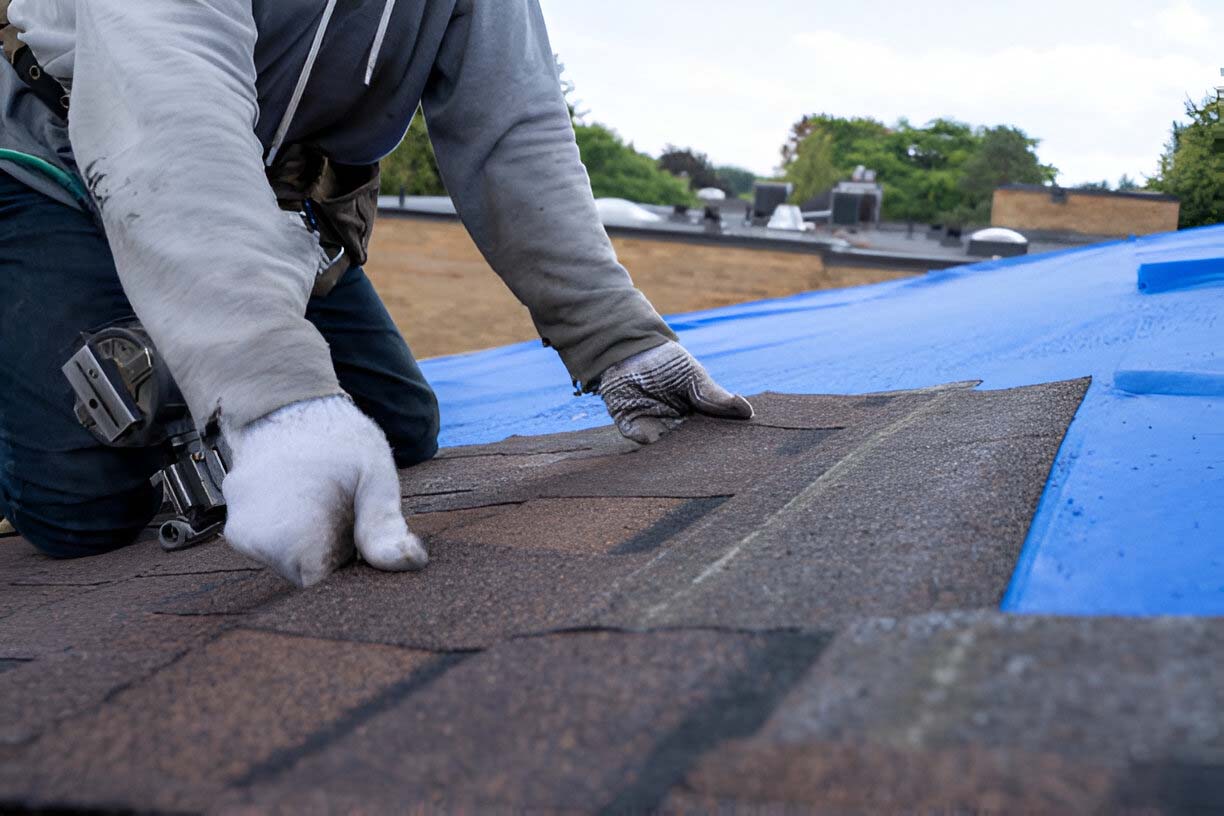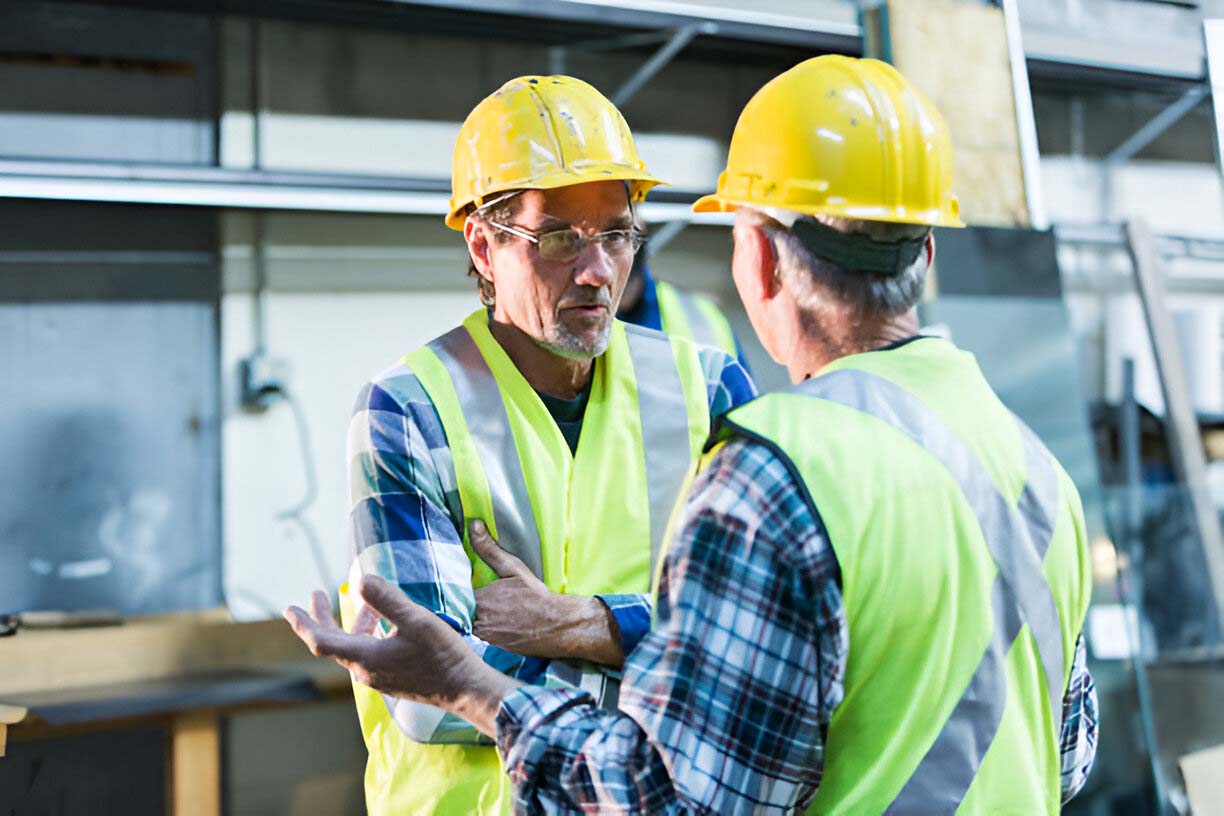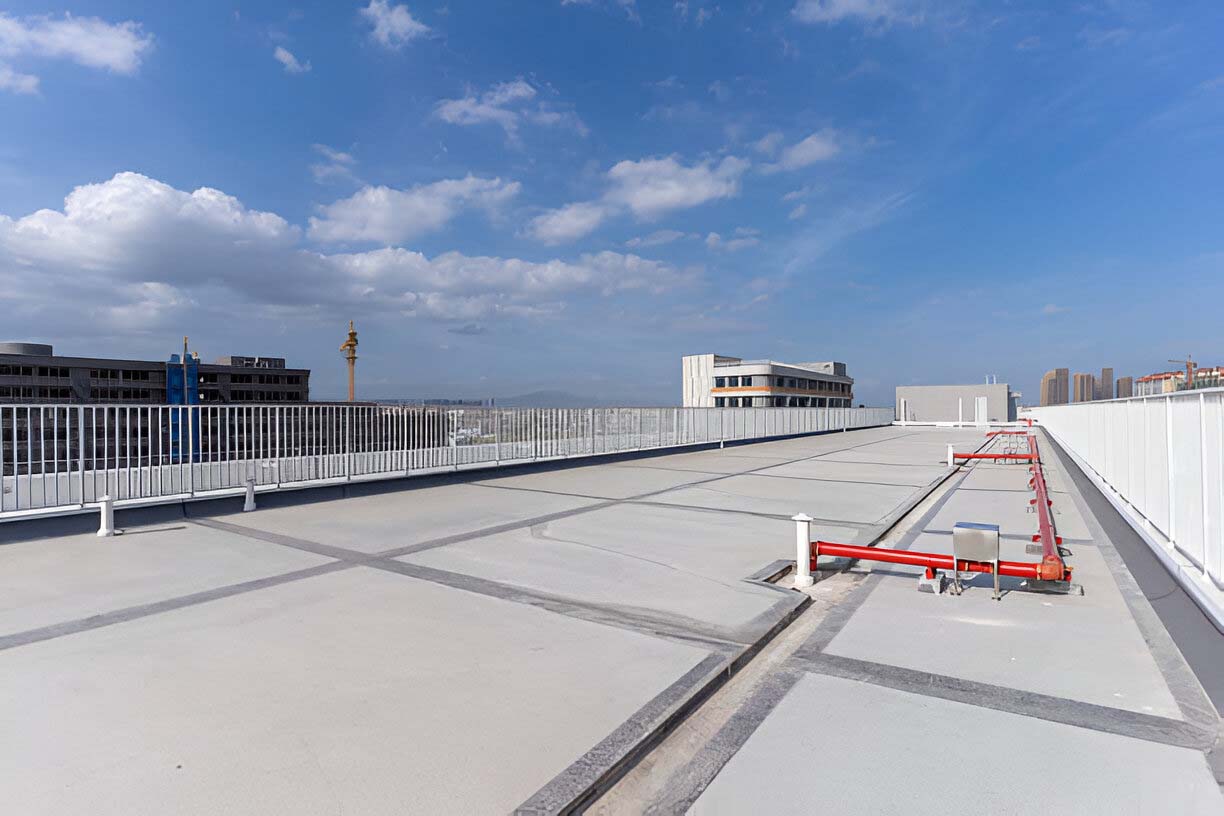Restoring a commercial roof is a significant investment that can extend the lifespan of your building and save on future repairs. However, there are common pitfalls that can turn this critical project into a costly nightmare. In this post, we’ll walk through the mistakes you should avoid during commercial roof restoration while offering practical tips to ensure a successful project.
Whether you’re a building owner or a facility manager, this guide will help you make informed decisions. Investing the time and resources to do the job right will pay off in the long run by ensuring the durability and resilience of your roof.

Ignoring Initial Assessments
Skipping the initial assessment is a big mistake. An in-depth roof inspection identifies underlying issues like water damage, insulation problems, and structural weaknesses. Without this, you risk only addressing surface problems, which can lead to more extensive damage down the line. Always start with a thorough evaluation to understand the true condition of your roof.
Such evaluations can help in identifying potential energy efficiency improvements that could save you money on heating and cooling costs. It’s wise to hire a professional roofing consultant to guide you through this assessment to ensure no detail is overlooked.
Choosing the Wrong Materials
Another common error is selecting the wrong materials. Using subpar or inappropriate materials can compromise the integrity of the roof. Opt for high-quality materials suited to your specific roofing needs. Consult with experts to ensure you’re making the best choices for durability and performance, considering your local climate and building design.
Integrating modern materials like cool roofing membranes that reflect more sunlight can reduce your building’s energy consumption. Make sure to balance cost with quality and gather multiple quotes to ensure you’re getting the best value without sacrificing longevity.
Poor Budget Management
Budgeting errors can derail your restoration project. Underestimating costs or failing to allocate funds for unexpected issues can stall the project. Create a detailed budget, including a contingency fund for surprises. Proper financial planning ensures the project stays on track and avoids unnecessary delays.
Consider the long-term financial benefits of potential upgrades, such as improved insulation, which can help you save on utility bills. Engaging a financial advisor or a project manager early in the process can provide added assurance that your budget is realistic and aligned with your goals.
Neglecting Weather Conditions
Weather plays a crucial role in roof restoration. Many overlook the importance of timing, leading to complications from rain, wind, or extreme temperatures. Plan your project during favorable weather conditions to ensure smooth progress. Weather-related delays can increase costs and impact the quality of the restoration.
Consider temporary weatherproofing measures to protect the roof during the restoration process. Stay updated with local weather forecasts and be prepared to reschedule as necessary, ensuring both the safety of the workers and the integrity of the materials.

Inadequate Communication
Effective communication is essential. Lack of clear communication between stakeholders, contractors, and suppliers can result in misunderstandings and errors. Regular updates and open lines of communication can prevent issues and keep everyone on the same page. Foster a collaborative environment to ensure the project runs smoothly.
Utilize project management tools and apps to streamline communication and document progress. Establish a clear communication protocol from the beginning and designate a point of contact who can handle inquiries and disseminate information effectively to prevent bottlenecks.
Skipping Ventilation and Insulation Checks
Ventilation and insulation are often overlooked aspects. Poor ventilation can lead to moisture buildup, causing mold and structural damage, while insufficient insulation affects energy efficiency. During restoration, ensure these elements are checked and upgraded if necessary to maintain a healthy and energy-efficient environment.
Enhanced ventilation systems can improve indoor air quality, which is vital for the well-being of the building’s occupants. Invest in high-quality insulation materials as well, which can significantly lower your heating and cooling expenses and create a more comfortable indoor climate.
Overlooking Safety Regulations
Safety should never be compromised. Ignoring safety guidelines can lead to accidents and legal repercussions. Ensure all safety protocols are followed, including proper gear and equipment, and hire professionals trained in safety standards. A safe working environment protects both the workers and the building. Conduct regular safety drills and audits to ensure compliance and address any potential hazards proactively.
Having a comprehensive insurance policy in place can provide financial protection and peace of mind in the event of an accident or unforeseen issue. It is also essential to plan for disaster recovery options, so the building can quickly resume normal operations after any unexpected events. If your area is prone to natural disasters like storms or earthquakes, it’s essential to incorporate appropriate measures into your restoration plan.
Failing to Address Drainage Issues
Drainage problems are a common oversight. Effective drainage systems prevent water accumulation, which can damage the roof and the building’s structure. Ensure your restoration plan includes proper drainage solutions, like gutters and downspouts, to protect your investment and prolong the roof’s lifespan.
Regularly clean and maintain these drainage systems to prevent blockages that can cause water damage. Consider installing advanced drainage systems that can handle large volumes of water, especially if your area is prone to heavy rainfall.
Not Planning for Maintenance
Lastly, neglecting ongoing maintenance is a mistake that can negate all restoration efforts. A restored roof still requires regular inspections and upkeep. Develop a maintenance schedule to catch minor issues before they become major problems, ensuring the longevity and performance of your new roof. Establish a relationship with a reliable maintenance provider who can carry out routine checks and necessary repairs. Document all maintenance activities and keep a detailed record, which can be invaluable for warranty claims and future restoration work.
Avoiding these common mistakes can significantly impact the success of your commercial roof restoration. From thorough initial assessments to hiring professionals and planning for maintenance, each step plays a vital role. By staying informed and proactive, you can ensure a smooth restoration process and a durable, long-lasting roof.
Consider these tips as you plan your project, and keep your commercial property in top shape. By doing so, you not only protect your investment but also enhance the overall value and efficiency of your property, ensuring it serves its purpose for years to come.








